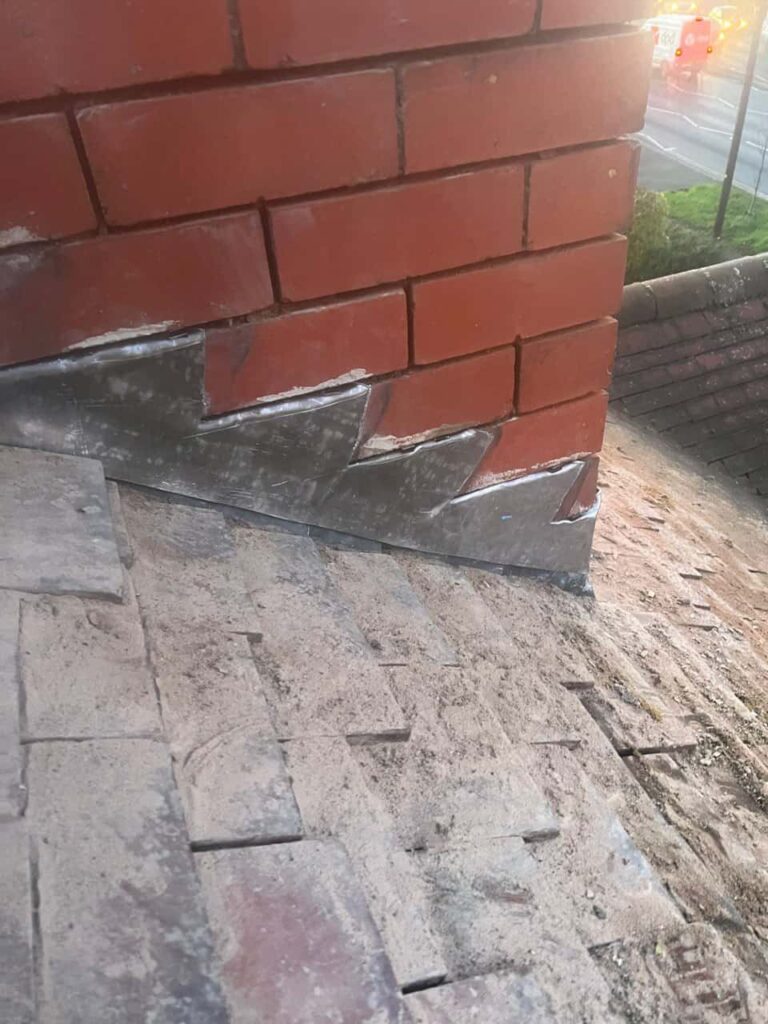Replacing a roof is a significant investment, and timing plays a crucial role in ensuring the process goes smoothly. The time of year you choose for a roof replacement can affect everything from project costs to the likelihood of weather-related delays. At East Grinstead Roofing Repairs, we understand that selecting the best season for roof replacement is key to minimising disruptions and ensuring a successful outcome. In this blog, we’ll explore how to choose the optimal time of year for roof replacement in East Grinstead, West Sussex.
The Impact of Weather on Roof Replacement
Weather conditions have a major impact on roofing projects. Rain, wind, and freezing temperatures can cause delays or even damage roofing materials during installation. For homeowners in East Grinstead, where the climate can be unpredictable, choosing the right season for roof replacement can make all the difference. Here’s how each season affects roofing projects:
1. Spring
Spring is often considered an ideal time for roof replacement. The milder temperatures make it easier for roofers to work efficiently, and the chances of severe weather are lower than in winter or autumn. Additionally, replacing your roof in spring ensures that your home is ready for the wetter months ahead.
However, spring can sometimes bring unpredictable rain showers, which could cause short-term delays. To avoid this, it’s important to plan well in advance and schedule your roof replacement early in the season.
2. Summer
Summer is typically the busiest time for roofing contractors, and for good reason. The long days and warm, dry weather provide ideal conditions for roof installations. Roofing materials, such as shingles, sealants, and adhesives, tend to perform best in warmer temperatures, ensuring a quality installation that will last.
However, the high demand for roofing services in summer can lead to longer waiting times and higher costs. If you plan to have your roof replaced in summer, it’s wise to book your project well in advance to secure a preferred date and avoid any delays.
3. Autumn
Autumn is another popular season for roof replacements, particularly in areas like East Grinstead where the climate tends to be mild during this time of year. The cooler temperatures make it comfortable for roofers to work, and the weather is generally stable, reducing the risk of interruptions.
The main advantage of scheduling your roof replacement in autumn is that it prepares your home for winter. A newly installed roof will offer better insulation and protection against the cold, wet weather that often arrives later in the year.
4. Winter
Winter is generally the least ideal time for roof replacement, especially in the UK where wet, windy, and cold conditions can hinder roofing work. Low temperatures can affect the effectiveness of certain roofing materials, such as asphalt shingles, which need warmth to properly adhere.
However, if your roof is in urgent need of replacement, winter projects can still be completed, though there may be more weather-related delays. The advantage of scheduling a winter roof replacement is that contractors often have more availability, and prices may be lower due to decreased demand.
Planning for Roof Replacement: Key Considerations
Beyond the weather, there are a few other factors to consider when planning the timing of your roof replacement:
- Contractor Availability: Roofing companies are busiest in summer and autumn, so booking early is crucial if you’re aiming for these seasons. Contacting a trusted contractor like East Grinstead Roofing Repairs several months in advance can help you secure a convenient date.
- Material Performance: Certain roofing materials perform better in specific temperature ranges. Asphalt shingles, for example, are easier to work with in warmer conditions, while metal roofs can be installed year-round. Consult with your roofing contractor about the best material for your project and how weather might affect the installation process.
- Your Schedule: Consider your own availability when planning roof replacement. Major projects can cause some disruption, and it’s often best to plan the work when you’re less likely to need constant access to your home. If you’re planning a holiday, for instance, it could be an ideal time for roof work to be completed.
Conclusion
Choosing the right time of year for roof replacement can significantly minimise delays and ensure a smooth, successful installation. For homeowners in East Grinstead, spring and autumn offer the most favourable conditions, while summer provides ample time for scheduling, though often at a higher cost due to increased demand. Winter, while less ideal, can still be managed with the right planning and professional support.
Call us on: 01342 778 992
Click here to find out more about East Grinstead Roofing Repairs
Click here to complete our contact form and see how we can help with your Roofing needs.

